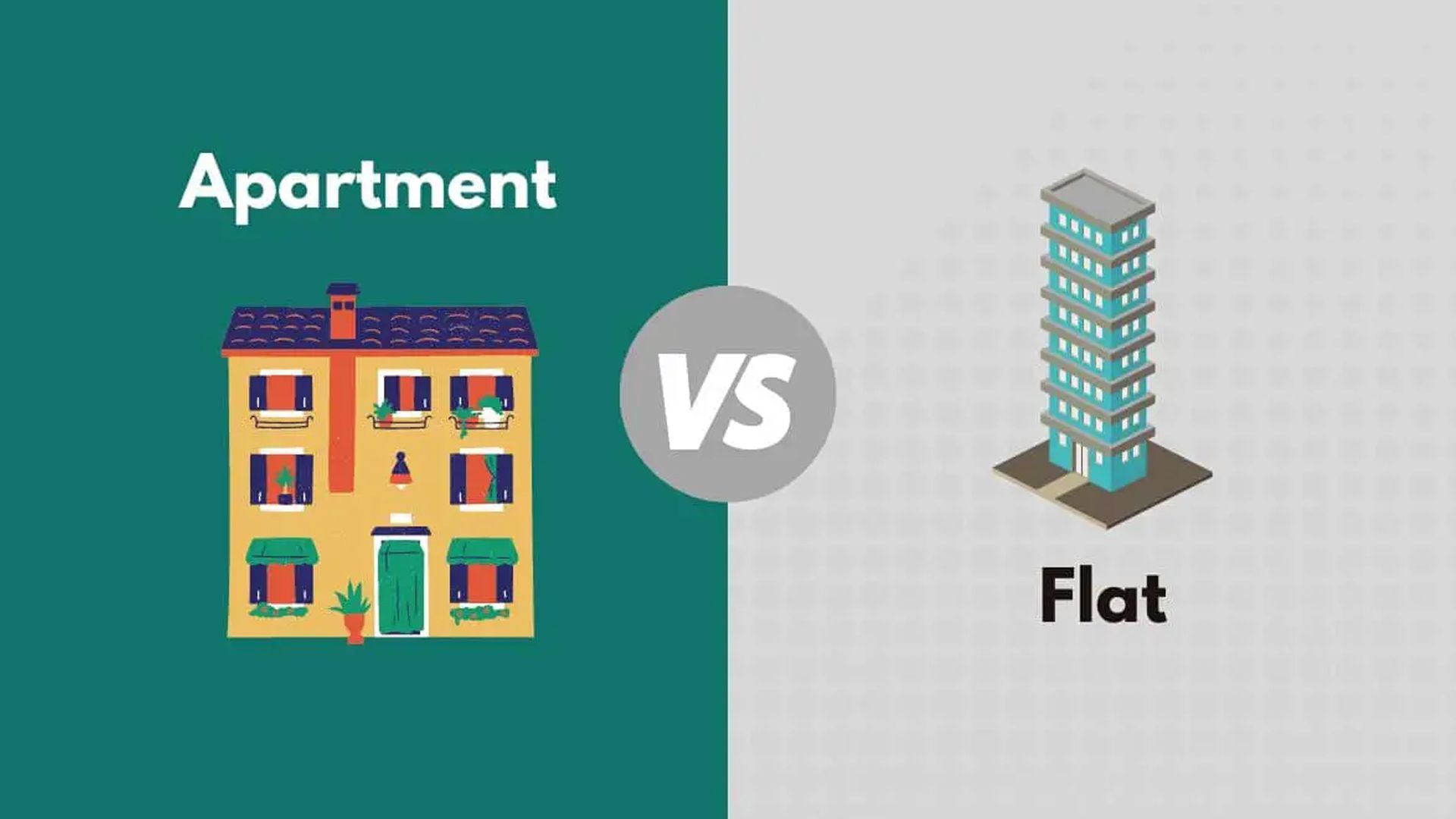Top 5 Ways to Invest in Real Estate without Buying Property

You can go for Real estate investment without buying property with these 5 ways:
REITs
Real estate mutual funds
Crowdfunding
Private lending
ETFs.
The techniques allow you to be exposed to other markets such as the rajkot real estate without the need to own physical properties.
Real estate investment without buying property is the best option whether you are new in investment or just need passive income. These plans will enable you to begin small, remain liquid and increase steadily, especially in booming areas such as the Rajkot real estate.
Here in this blog we are going to discuss five effective ways of Real estate investment without buying property that can expose you to the Rajkot real estate and more than that too and the ability to avoid the high price, paperwork and upkeep of owning tangible property.
1. Real Estate Investment Trusts (REITs)
REITs can be considered one of the most popular and most easily available methods of a Real estate investment without buying property. Consider REITs as mutual funds, only this time rather than investing in stocks or bonds, the funds invest in real estate income generating property like office space, malls, hotels and warehouses. But why?
Affordability: As little as ₹300500 will allow you to begin investing in REITs.
Liquidity: REITs are publicly traded on stock markets, so that is, they can be traded just like a stock.
Stable returns: They are regular dividends based on the rental of the properties in question.
Regulated investment: SEBI regulates the REITs in India, which provides transparency and accountability.
How to Invest: Open a demat account and buy REIT units at stock exchange.
To a person who wants to benefit in the boom of Rajkot real estate but is hesitant to invest in property, REITs may provide indirect access to the commercial property development in such Tier-2 and Tier-3 cities.
2. Real Estate Mutual Funds
Real estate mutual funds are another viable form of real estate investment without buying property. Such funds invest in listed REIT, real estate and occasionally direct holdings.
Why Choose Real Estate Mutual Funds?
Diversified exposure: As opposed to making investment in one property, mutual funds diversify your investment in multiple real estate related properties.
Professional management: These funds are run by professionals whose understanding of the industry is profound.
No hassles of maintenance: You do not have to worry about tenants, repairs, and property taxes.
To investors who do not have the time to follow the real estate situation in Rajkot real estate mutual funds give them a hands-free opportunity to invest in real estate with good long-term returns.
3. Real Estate Crowdfunding
Real estate crowdfunding is a comparatively recent but developing funding source in India. In this case, a number of investors provide their financial resources to finance a real estate project- residential, commercial or industrial.
Real Estate Crowdfunding Advantages:
Lower capital requirement: There are platforms which may be entered with a capital requirement of as little as 25,000 to 50,000.
Fractional ownership: You own the property in a fraction and get a portion of the rental revenue or profit.
High-quality resources: The use of crowdfunding will enable you to allocate resources to high-value properties that might be beyond the reach of an individual investor.
In India, platforms are facilitating the ability of individuals accessing projects in high-growth regions such as the Rajkot real estate where the industrial and residential markets are booming. It is clever and cooperative to have the perks of owning real estate without all the responsibility.
4. Seller Financing / Private Lending
Under conventional real estate deals, the buyers are given loans by the financial institutions or banks. In seller financing, the investor becomes the lender whereby he or she advances funds to a property buyer in exchange of payment of regular interest as well as having a likelihood of gaining a share in the appreciation of the property.
There is no need to purchase property: you are putting money into financing a property, rather than the property itself.
Better interest rates: are negotiable when compared to a fixed deposit or a bond.
Flexible terms: It is possible to arrange terms and repayment schedule at mutual agreement.
How to Invest: Give finance to buyers or developers whom you know (after legal agreements). You make regular interest, and in other cases a portion of an increase in value.
In the event that you are aware of someone who is investing in Rajkot real estate and they are in need of capital, then you can come in as a private lender. This enables you to make returns out of real estate transactions without necessarily purchasing a house.
5. Real Estate ETFs (Exchange-Traded Funds)
Another intelligent solution to the retail investor to access real estate investment without buying property is through Real Estate ETF. These funds monitor indexes of property companies, construction companies or REITs and they are listed on the stock markets.
Why ETFs?
Trade with ease: ETFs just like stocks can be bought and sold at any time as long as the market is open.
Low cost: ETFs tend to have lower management fees than mutual funds.
International exposure: There are ETFs with an international exposure to non-Indian real estate markets.
Investment: Buy ETFs that are listed in NSE/BSE using a demat account. Select funds that deal with Indian or international real estate.
ETFs offer an easy means of small city investors to be part of domestic and world growth patterns in Rajkot real estate.
How to Invest in Real Estate in India?
In case you are planning on investing in real estate in India, it is important to keep in mind that you can do it with physical properties or without buying them. The following steps will be used to begin:
1. Find Your Investment Horizon
Choose short-term returns or long-term returns. Investments in real estate are usually time consuming to realize profits and therefore it is important to be realistic.
2. Consult a Financial Advisor
Get the recommendation of a financial advisor who can evaluate and advise you on building your financial portfolio.
3. Select Your investment strategy.
Choose between investing in the physical property or considering different channels such as REITs, the fractional ownership or the real estate mutual bonds.
4. Decision Investment Tenure
Determine fix the period of investment, lump-sum payment or periodic investments. You can pay on a monthly, annual or comfortable basis.
5. Track Your Investments
Record your investments and track the returns in the long run. Measure the returns and the time invested in getting the returns to determine the profitability of the investment.
Long-Term Impact of These Strategies
The Indian real estate market will be the USD 1 trillion market by 2030. This is a real estate investment without buying property and can only join the growth without the cost.
Consider the following: would you prefer to wait years to save to have a flat, or begin today with 500 INR in REIT, or 50,000 in crowdfunding? A little action can be expanded into a big one in the thriving markets such as the Rajkot real estate.
Then what are you going to do, wait or invest smartly today?
Conclusion
One does not have to possess land or flats in order to take advantage of the booming property industry in India. Real estate investment without buying property are easy and convenient with the use of such options as REITs, mutual funds, crowdfunding, private lending, and ETFs.
These strategies enable you to keep small, remain liquid and expand gradually without the burdens of ownership whether you are looking at Tier-2 markets like the Rajkot real estate or you are looking to get global exposure.
Read More: Renting vs Buying Explained: Benefits, Costs, and Long-Term Impact





